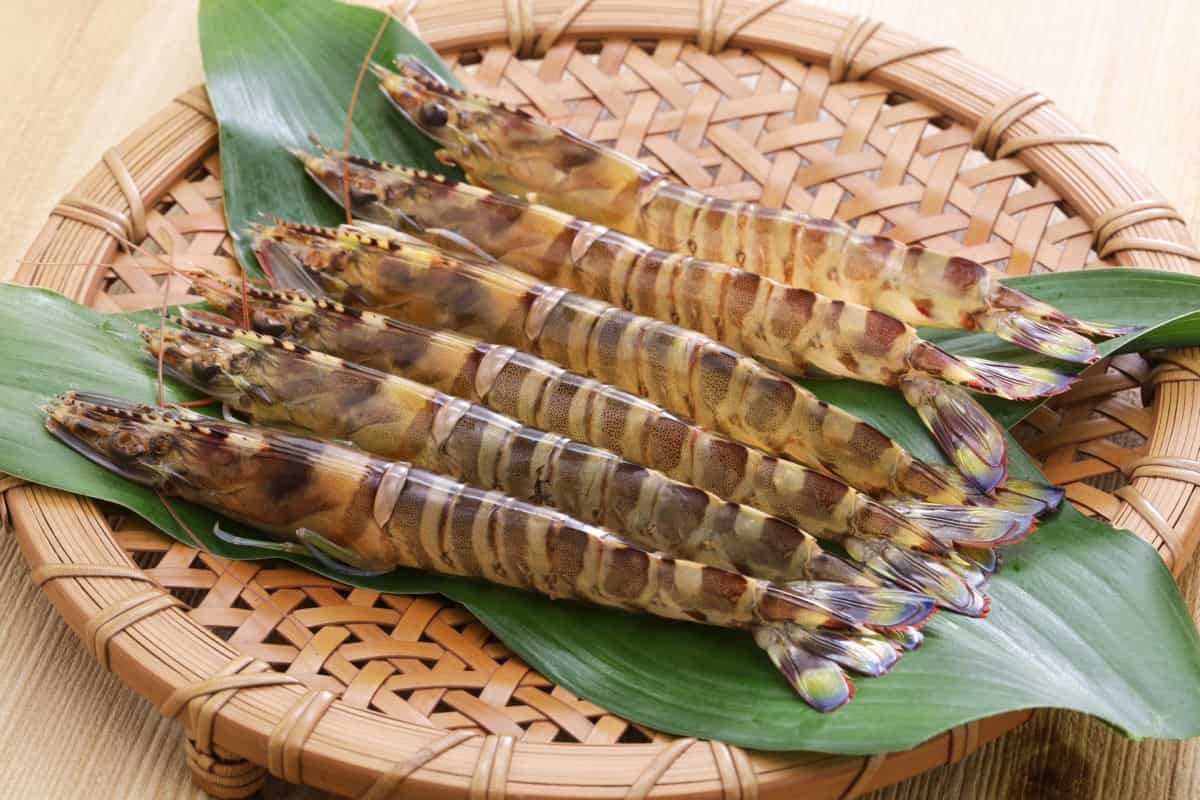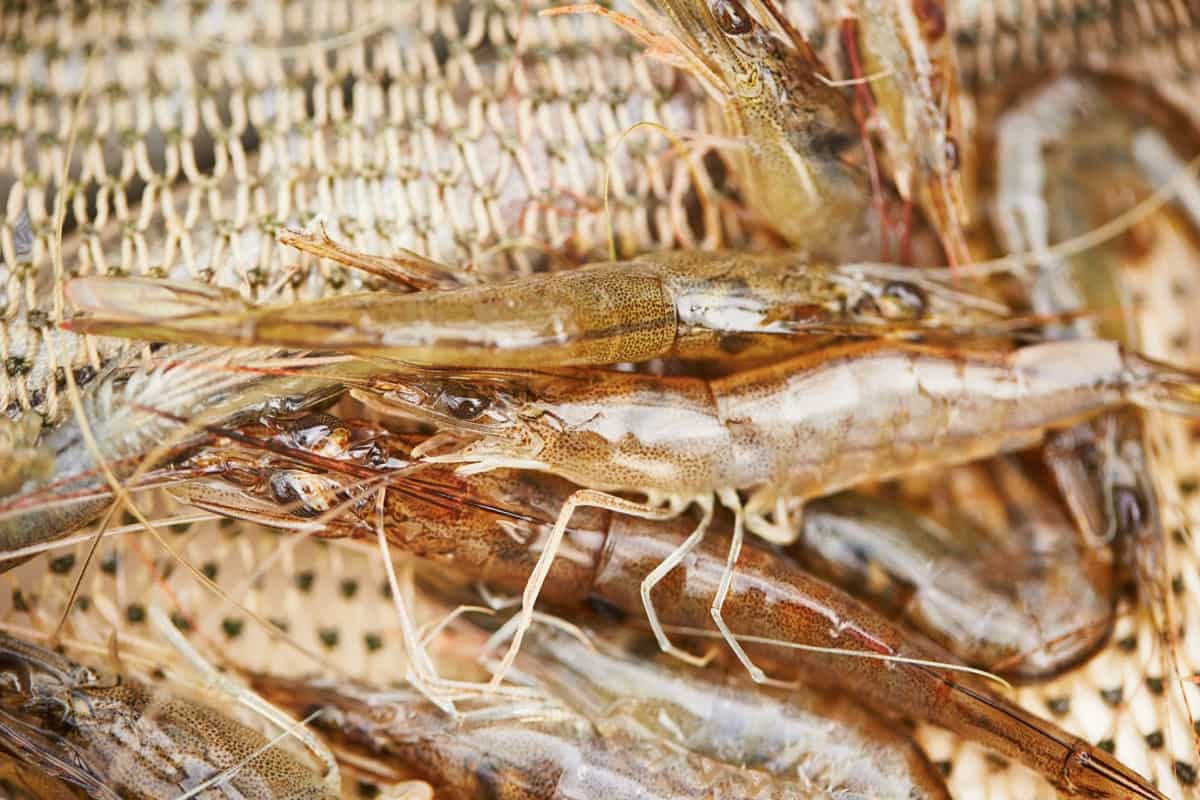Shrimp farming, also known as shrimp aquaculture, is the practice of cultivating shrimp in human-made ponds or tanks for commercial purposes. Shrimp farming is one of the world’s most popular and lucrative agricultural pursuits. By implementing best management practices, shrimp farmers can optimize their operations, minimize risks, and ensure a healthy environment for their shrimp.

Best Management Practices in Shrimp Farming
Sustainable Shrimp Farming Practices for Long-Term Profitability
These are essential for the long-term profitability of the industry. By adopting these practices, shrimp farmers can ensure their operations are environmentally friendly, socially responsible, and economically viable. One key aspect of sustainable shrimp farming is the efficient management of feed. This involves using high-quality feeds that meet the nutritional needs of the shrimp while minimizing waste and pollution. Farmers can also optimize feeding schedules to reduce excess feed and prevent water contamination.
Another important factor in sustainable shrimp farming is maintaining optimal water quality parameters. Proper monitoring and control of temperature, salinity, dissolved oxygen levels, and pH can help prevent diseases and improve shrimp health. Regular water testing and proper pond maintenance are crucial for achieving these goals. Effective pond preparation methods are also essential for successful shrimp farming. It is also important to properly aerate the pond before stocking to ensure adequate oxygen levels for healthy growth.
Efficient Feed Management Techniques in Shrimp Farming
It plays an important role in the success of shrimp farming operations. Farmers can ensure healthy growth and maximize profitability by properly managing and optimizing feeding practices. Efficient feed management is understanding shrimp’s nutritional requirements at different life cycle stages. Shrimp have specific dietary needs that change from larvae to adults.
Farmers can support optimal growth and development by providing them with balanced diets that meet these changing nutritional requirements. Another important factor in efficient feed management is avoiding overfeeding or underfeeding. Overfeeding can lead to water quality issues, such as excessive organic waste buildup and nutrient imbalances, which can negatively impact shrimp health.
On the other hand, underfeeding can result in slow growth rates and reduced overall productivity. Additionally, high-quality feed formulations specifically designed for shrimp farming can significantly improve efficiency. These specialized feeds are typically formulated with precise ingredient ratios that cater to the nutritional needs of shrimps while minimizing waste.
Optimizing Water Quality Parameters for Healthy Shrimp Production
- Shrimp are highly sensitive to environmental changes, and poor water quality can lead to stress, disease outbreaks, and reduced growth rates. By carefully monitoring and managing water quality parameters, farmers can create an optimal environment for the shrimp to thrive.
- Shrimp are ectothermic organisms, meaning the surrounding water regulates their body temperature.
- Another critical factor is dissolved oxygen levels. Shrimp require adequate oxygen levels in the water to support respiration and other physiological functions. Dissolved oxygen concentrations should be monitored and maintained above 5 mg/L to ensure optimal growth and survival.
- Water pH also plays a significant role in shrimp farming. Regular monitoring of pH levels allows farmers to make necessary adjustments through buffering agents or lime application.
Biosecurity Measures for Disease Prevention in Shrimp Farming
Biosecurity plays a crucial role in shrimp farming, ensuring the health and well-being of the shrimp population. By implementing effective biosecurity measures, farmers can prevent the introduction and spread of diseases that can devastate their crops. One key aspect of biosecurity is controlling the movement of people and equipment on the farm.
Strict protocols should be in place to minimize the risk of introducing pathogens from outside sources. This includes proper sanitation practices for workers and visitors and disinfection procedures for vehicles, tools, and equipment. Water quality management is another important component of biosecurity. Regular monitoring and testing help identify potential issues early on, allowing prompt corrective actions.
Implementing Proper Pond Preparation Methods in Shrimp Farming
- One main step in pond preparation is removing vegetation or debris from the pond’s bottom. This helps to create a clean environment for the shrimp and prevents potential disease outbreaks. Once cleared, the pond should be thoroughly dried before filling it with fresh water.
- Farmers can add lime or other suitable minerals to improve water quality, adjust pH levels, and buffer against acidity fluctuations. Proper aeration systems should be installed to maintain sufficient oxygen levels in the water, prevent stratification and reduce ammonia buildup.
- In addition, regular monitoring of water parameters such as temperature, salinity, dissolved oxygen levels, and nutrient concentrations is essential. This allows farmers to make necessary adjustments and ensure optimal conditions for shrimp growth.
In case you missed it: Top 10 Common Mistakes to Avoid in Shrimp/Prawn Farming

Effective Pond Bottom Management Strategies in Shrimp Culture
The condition of the pond bottom directly affects water quality and overall shrimp health. One key strategy is regular monitoring and maintenance of the pond floor. This involves removing accumulated sludge, debris, or excess feed that can lead to bacterial growth and oxygen depletion. Another important practice is proper aeration and circulation in the pond.
Adequate oxygen levels are essential for shrimp survival and growth, so ensuring good water movement helps distribute oxygen evenly throughout the entire water column. Additionally, implementing beneficial microorganisms can help maintain a healthy ecosystem in the pond. These probiotics help break down organic matter, reduce harmful bacteria, and improve water quality.
Promoting Natural Growth and Health in Shrimp Farming Through Probiotics
- It is an innovative practice that has gained significant attention in recent years. One of the key benefits of using probiotics in shrimp farming is their ability to improve digestion and nutrient absorption.
- Furthermore, probiotics have been shown to enhance disease resistance in shrimp. These beneficial bacteria compete with harmful pathogens for resources, effectively reducing the risk of infection. Additionally, some strains of probiotics produce antimicrobial compounds that directly inhibit pathogen growth.
- Promoting natural growth and health in shrimp farming through probiotics offers a promising avenue for sustainable aquaculture development. This practice improves production efficiency and helps protect the environment for long-term profitability in this thriving industry.
Integrated Shrimp Farming Systems: Maximizing Productivity and Resource Utilization
These systems involve the integration of multiple components that work together harmoniously to create a more efficient and sustainable shrimp farming operation. Farmers can optimize resource utilization and minimize waste by combining different species with complementary feeding habits.
To further maximize productivity, integrated systems often include secondary crops such as vegetables or herbs grown alongside shrimp ponds. This diversifies income streams and allows for better nutrient cycling as leftover feeds or waste products from shrimps can be used as fertilizers for these crops.
Best Practices for Shrimp Hatchery Management and Larval Rearing
One important practice in shrimp hatchery is the selection of healthy broodstock. Choosing disease-free and genetically superior individuals that will produce high-quality offspring is essential. Proper nutrition and regular health checks are also imperative to maintain the well-being of the broodstock. In terms of larval rearing, maintaining optimal water quality parameters is paramount.
This includes monitoring temperature, salinity, dissolved oxygen levels, pH balance, and ammonia concentration. Feeding protocols play a significant role in promoting healthy growth during larval stages. Providing appropriate-sized live or formulated diets at regular intervals helps meet their nutritional needs accurately. Regular monitoring for signs of diseases and prompt treatment when necessary is critical to minimize losses.
Minimizing Environmental Impacts Through Responsible Shrimp Farming Practices
Shrimp farmers now employ advanced waste management systems that efficiently remove excess nutrients from ponds. Farmers can ensure that nutrient levels remain within acceptable limits by carefully managing feed inputs and optimizing feeding techniques. Another area of focus is reducing disease outbreaks through integrated pest management strategies. Instead of relying solely on chemical treatments, farmers are exploring alternative approaches such as probiotics or biological control agents to maintain a healthy microbial balance in ponds.
In case you missed it: Sustainable Shrimp Farming: The Future of Seafood Production

Furthermore, sustainable shrimp farming practices include proper pond preparation techniques that help conserve resources while ensuring optimal conditions for growth. They also implement efficient water circulation systems to improve oxygenation levels and maintain stable water parameters throughout production cycles.
Conclusion
The shrimp farming industry has experienced tremendous growth in recent years, becoming a significant player in the global aquaculture sector. The demand for shrimp continues to rise due to its popularity as a delicious and versatile seafood option. As a result, more and more entrepreneurs are venturing into shrimp farming to capitalize on this lucrative market.
- Feed Your Flock for Less: Top 10 Tips to Save on Chicken Feed
- Ultimate Guide to Ossabaw Island Hog: Breeding, Raising, Diet, and Care
- Hatching Answers: The Top 10 Reasons Your Chickens Aren’t Laying Eggs
- Eggs and Economics: Breaking Down the Cost of Raising Backyard Chickens
- Defend Your Greens: Proven Methods to Keep Iguanas Out of Your Garden
- Ultimate Guide to Cinnamon Queen Chicken: A Comprehensive Guide for Beginners
- Ultimate Guide to California Tan Chicken: Breeding, Raising, Diet, Egg-Production and Care
- Ultimate Guide to Marsh Daisy Chicken: Breeding, Raising, Diet, and Care
- 10 Types of Chicken Farming Businesses You Can Start for Profits